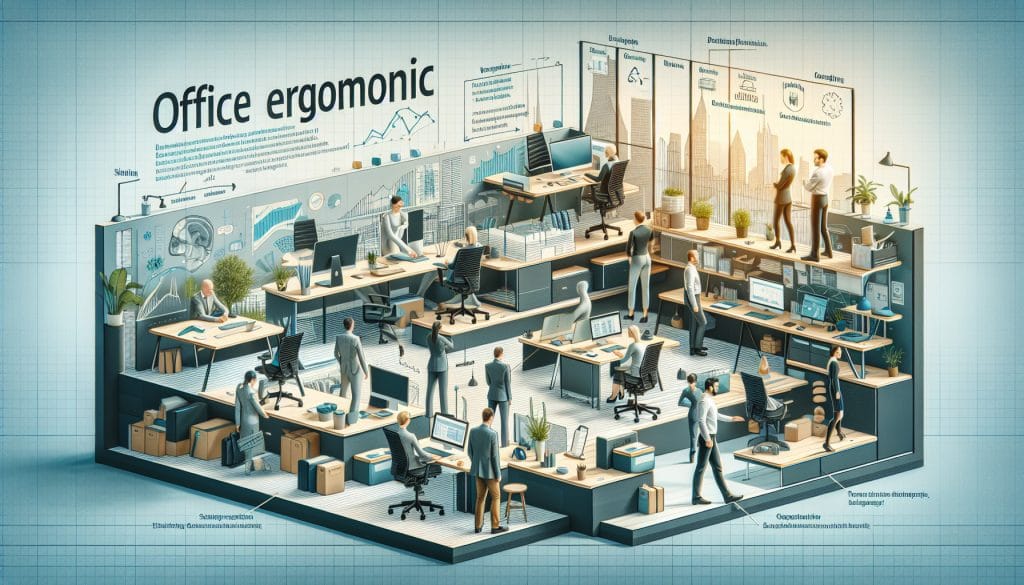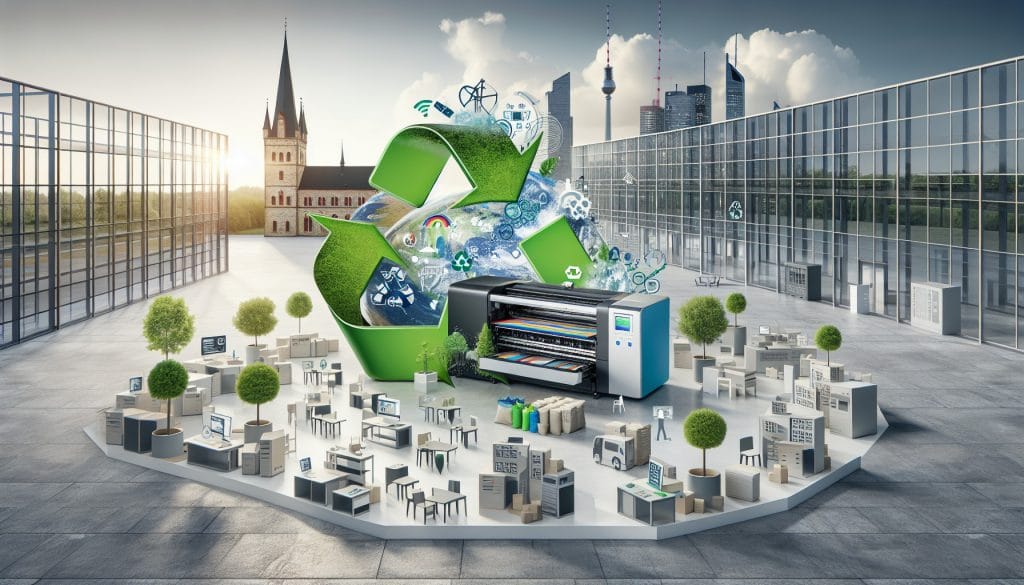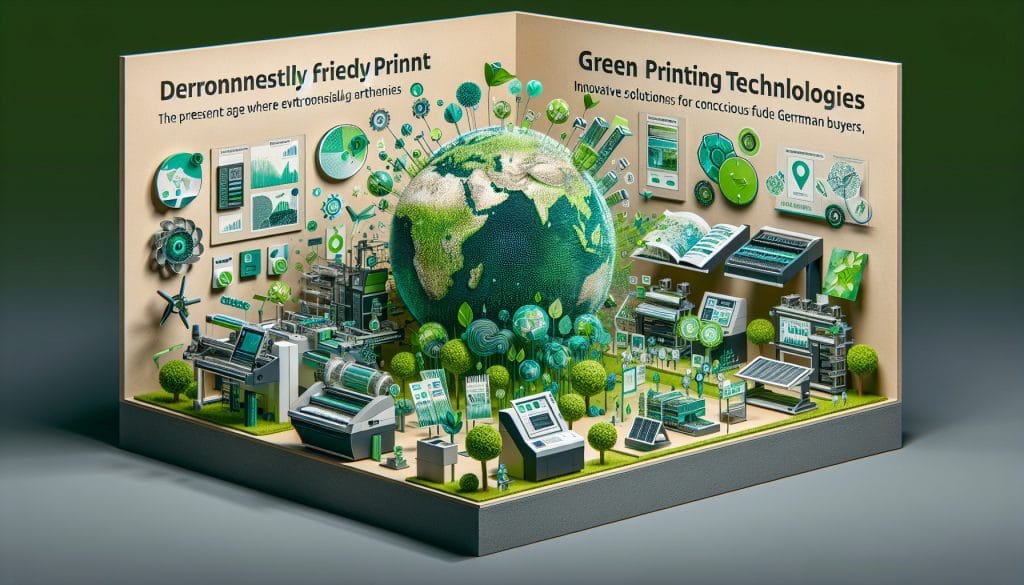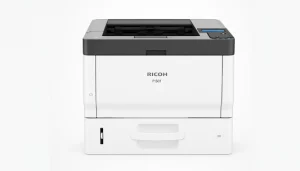Optimizing Printing Costs: Sustainable Business Solutions for Environmentally Conscious Companies in Germany
In today's business world, printing cost efficiency plays a significant role, especially for environmentally conscious companies in Germany. Sustainably reducing printing costs not only makes economic sense, but is also a step towards environmental protection. In this article, we will analyze the different strategies and solutions that companies can use to optimize their printing expenses while reducing their carbon footprint.
The importance of printing cost optimization
Printing cost optimization is essential for businesses. Statistics show that approximately 11% of a company's total budget is invested in printing costs. However, for large companies, this cost can amount to 31% or more of annual operating costs.
- An average office prints several million sheets of paper every year.
- Toner and paper costs can increase significantly, especially without effective management strategies.
- Environmental pollution caused by excessive paper consumption can be sustainably reduced.
How companies can sustainably reduce printing costs
To sustainably reduce printing costs, companies should consider various approaches. Here are some solutions that have proven effective in practice:
- Implementation of digital solutions: Switching to digital documents can significantly reduce paper consumption. Companies should invest in software that enables document digitization.
- Introduction of printing guidelines: Clear printing policies can encourage employees to print less and only print necessary documents.
- Using duplex printing: Printing on both sides of the paper can reduce paper consumption by up to 50%.
- Optimization of the printer fleet: By analyzing print volumes and selecting energy-efficient printing devices, companies can further reduce their costs.
Technology and innovations to reduce costs
Technology plays a crucial role in optimizing printing costs. Using the latest printing technologies can provide the following benefits:
- High efficiency: New printers, such as the Ricoh IM C400F, offer high print quality while reducing energy consumption.
- Consumables: By using efficient toners, such as the original Ricoh toner MP 201 black, printing costs can be further reduced.
- Remote management and monitoring: Companies can use software solutions to monitor current consumption and order new materials in a timely manner if necessary.
best practices from the industry
Companies such as Siemens and Bosch have successfully implemented methods to optimize printing costs. By introducing Sustainable Print Management Initiatives and training of their employees on the responsible use of printing resources enabled them to:
- Reduce annual paper consumption by up to 30%
- Sustainably reduce printing costs while increasing efficiency
- Achieve positive environmental impacts that could be well communicated in corporate reporting
The Role of Employee Training
Another key factor in optimizing printing costs is employee training. In-depth training in conscious printing consumption promotes environmentally friendly practices. Seminars and workshops should cover the following topics:
- awareness of paper consumption
- Using alternatives to paper documents
- Efficient use of printers
Benefits of Sustainable Printing
The benefits of a sustainable printing solution go beyond pure cost savings. The positive effects include:
- Improved corporate reputation: Committed environmental protection can strengthen customer satisfaction and the brand.
- Promoting a green workplace: Employees value companies that promote environmentally conscious practices.
- Long-term cost savings: Sustainable solutions lead to low follow-up costs due to fewer consumables.
Legal framework and incentives
In Germany, laws and regulations support environmental protection and waste reduction. Companies should be aware that reducing printing costs sustainably is not just a recommendation, but can sometimes also involve legal obligations:
- The EU Waste Framework Directive sets targets for waste prevention.
- There are numerous funding programs for companies that implement environmentally friendly technologies.
case studies of successful companies
The Muller Martini case study shows how the company was able to reduce printing costs by over 40% by implementing a paperless environment. Measures included:
- The switch to digital internal communication
- The implementation of a comprehensive training program for employees
- Close cooperation with an external service provider to continuously improve the printing infrastructure
Measuring the success of printing cost optimization
To evaluate the success of print cost optimization measures, companies should define specific KPIs (Key Performance Indicators), such as:
- Reduction of paper costs after implementation of new guidelines
- Change in average print volume per employee
- Employee satisfaction with the new printing solutions
Conclusion: A rethink is necessary
Optimizing printing costs is an essential step for companies that want to act both economically and ecologically. Sustainably reducing printing costs offers numerous advantages and is a sign of innovative strength and responsibility in business activities. Sustainable solutions, such as those mentioned above, not only enable cost reductions, but also promote a greener future.














